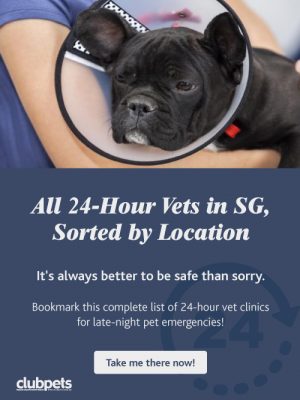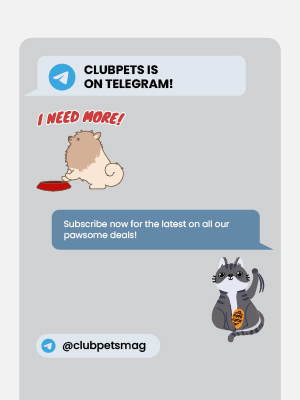Teacup Breeds: Yay or Nay?

Sometimes, cuteness can come at a cost
While teacup pets may be adorable, the health risks such miniature pets face are not an issue to be taken lightly. If this has sparked your curiosity, then read on to learn about teacup breeds and the reasons for debate over them.
What are Teacup Breeds?

Poodles, pomeranians, and chihuahuas are some of the most common teacup dog breeds
Source: Pinterest
There are many animals out there attached with a “teacup” tag – dogs, cats, and even pigs. A dog may be classified as a teacup breed if it fails to meet the following requirements for a standard size of a toy breed: at least 1.8kg in weight and 18cm in height at adult age. However, this “breed” remains unrecognised by kennel or breed clubs for a pedigree.
The Ethics Behind
The appeal of mini-sized things lies in their cuteness, so it should come as no surprise that miniature breeds – the subjects of our googly eyes – are highly popular among pet parents. However, animal welfare groups are against teacup breeds for the following moral reasons:
A teacup breed has an unnaturally small size, which makes it more prone to illness than its toy counterpart. For dogs, they are more predisposed to hypoglycemia – also known as low blood sugar, which can be fatal. Besides, arthritis and partial or complete dislocation can occur – a result of the teacup dogs’ smaller bones and joints, which can cause their kneecaps to slide off the groove.

As for cats, their smaller physical characteristics make them more susceptible to illnesses specific to particular breeds such as polycystic kidney disease in Persian cats and chronic respiratory diseases in brachycephalic breeds.
Additionally, a teacup breed is most likely to come from unethical breeding. A toy breed should be 8.2kg in weight for the purpose of being recognised in most dog clubs and registries, which makes it approximately 6.4kg heavier than the teacup breed. These “teacup” breeds are in fact, usually premature puppies or runts of their respective litters – either the smallest or weakest of its siblings, or both.
To downsize the pets for sale, irresponsible breeders may breed such undersized pets. However, bad breeding practices can cause congenital liver shunt, which is a birth defect where toxin buildup in the liver and bloodstream may lead to seizures. This form of selective breeding, which increases the concentration of disease genes, can result in an increased risk of genetic disorders as well.
How Can You Help?
It is always best to weigh the risks and benefits before you buy a pet, more so a teacup breed. Should there be any reason you must get a teacup pet, visit your local adoption drive for any rescue in need of a forever home.

Your teacup furkid requires some tender lovin’
Source: Pinterest
Now that teacup pawrents out there are aware of the health risks your furkid faces, you can take the following precautions to help it lead a healthy life:
Aside from the annual vet visit, do pay close attention to your pet as vigorous activity can cause mild to severe injuries ranging from sprains and strains to broken bones. Also, keep a lookout for signs and symptoms of common illnesses specific to its breed. Above all else, your role as a pet parent requires responsible pet ownership for your furkid to lead a happy and healthy life!








